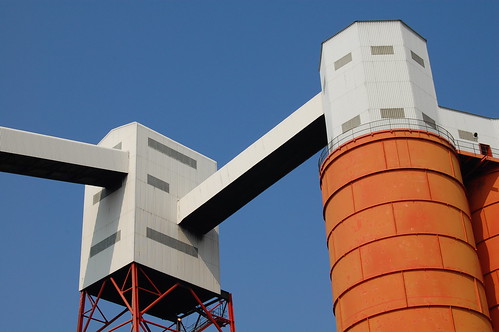The news of deaths from bird flu in Indonesia is pretty scary. Although, as I’ve mentioned recently Indonesia has made a lot of progress in many respects, the handling of this threat so far seems to show the worst of both worlds: all the ill ffects of authoritian habits combined with the timidity of weak politicians. There have been a lot of coverups, and an unwillingness to tackle the necessary but unpopular task of slaughtering affected flocks of birds. Things seem to be improving now, but there’s a long way to go.
It seems very likely that, sooner or later, bird flu will make the jump that permits human-human transmission, and quite likely that a major flu pandemic will result. The world, including Australia, is very poorly prepared for this. One thing we could do to prepare is to adopt a national program encouraging annual flu vaccinations for everyone, instead of just for limited categories of vulnerable people.
The main benefit of this is not that the shots would provide immunity against a new and deadlier flu variant (though there might be some limited benefit of this kind) but that we would have the infrastructure, production facilities and so on to undertake a mass vaccination against such a variant if it arose. As it is, it seems likely that many countries will be scrambling to get access to an inadequate world supply of vaccines, but if Australia and other developed countries ramped up normal levels of production, it would be much easier to generate extra supplies for our neighbours.
I haven’t looked into it, but my guess is that, even without considering the possibility of a pandemic, the benefit-cost ratio from such a measure would be pretty high. Flu is very costly in economic terms, and I suspect that, if pain and suffering were thrown into the balance, a program of universal free vaccination would come out looking pretty good.
Notes I wrote this in 2005 thinking about new flu strains. The only difference I see with “novel” viruses is that the time taken to produce the initial batches of a vaccine is likely to be longer. As is usual with my policy advocacy, little if anything has been done along the lines I suggested.





